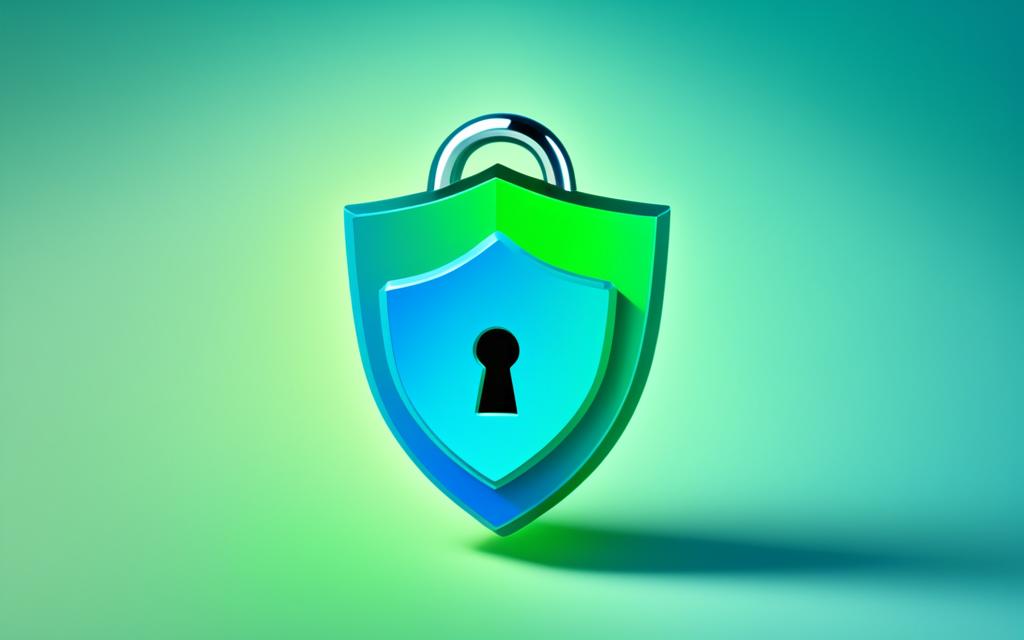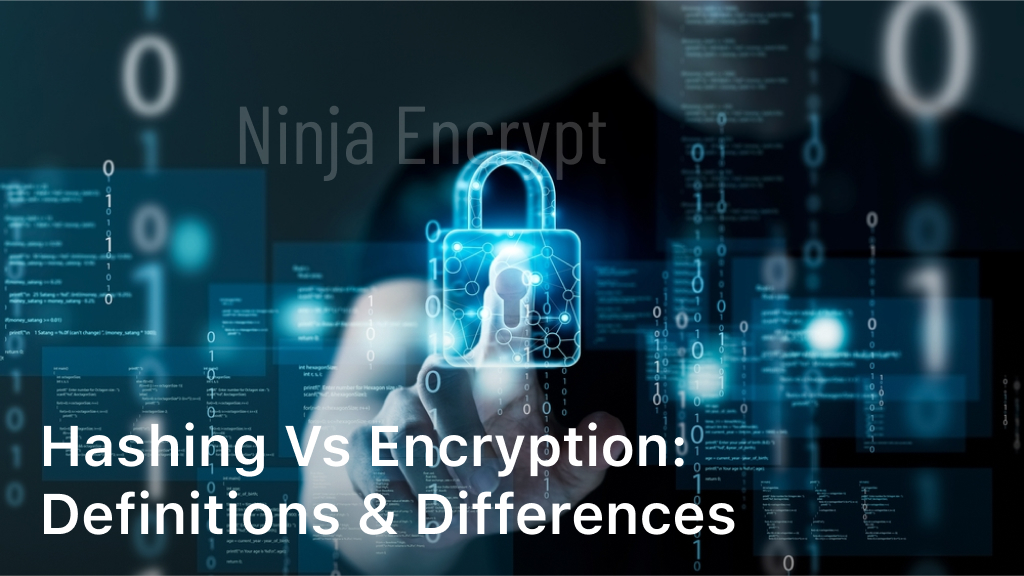How to Encrypt Your Devices for Maximum Security
Have you ever wondered what happens to your data if it falls into the wrong hands? Without encryption, cybercriminals can easily access, steal, or manipulate your sensitive information. Encryption transforms your data into unreadable code, ensuring only those with the right key can access it.
In today’s digital world, protecting your device is more critical than ever. Whether it’s personal files or business data, encryption acts as a shield against unauthorized access. Regular backups, using external drives or secure cloud services, add an extra layer of protection.
By implementing strong passwords and system-level encryption, you can safeguard your information from vulnerabilities. Let’s explore why encryption is essential and how it can keep your data secure.
Understanding the Basics of Device Encryption
Data breaches are on the rise, making encryption a necessity for every device. Encryption transforms your sensitive information into unreadable code, ensuring only authorized users can access it. This process is vital for protecting your datum from cyber threats like malware and ransomware.

There are three main types of encryption: system, drive, and file encryption. Each type serves a unique purpose in safeguarding your device. System encryption secures the entire operating system, while drive encryption protects specific storage drives. File encryption focuses on individual files, adding an extra layer of security.
Why Encryption Matters for Your Data
Encryption is the foundation of data security. Without it, your information is vulnerable to unauthorized access. Cybercriminals can exploit weak points in your system to steal or manipulate your datum. Encryption ensures that even if data is intercepted, it remains unreadable without the correct key.
Real-world risks like ransomware attacks highlight the importance of encryption. These attacks lock users out of their systems until a ransom is paid. Encrypted data, however, remains secure, reducing the impact of such threats.
The Role of Backups in Preventing Data Loss
Backups are a critical component of data protection. Even with encryption, data can be lost due to hardware failure or accidental deletion. Regular backups ensure that your information can be restored quickly and securely.
Combining encryption with backups creates a robust defense against data loss. Encrypted backups stored on external drives or secure cloud services provide an additional layer of protection. This approach ensures that your datum remains safe, even in worst-case scenarios.
| Type of Encryption | Scope | Example |
|---|---|---|
| System Encryption | Entire operating system | BitLocker for Windows |
| Drive Encryption | Specific storage drives | FileVault for macOS |
| File Encryption | Individual files | Google Drive encryption |
How to Encrypt Your Devices for Maximum Security
Securing your device starts with understanding its unique needs. Not all devices are created equal, and their encryption requirements vary based on hardware and software capabilities. Assessing these factors ensures that the chosen method won’t overload older or slower systems.

Assessing Your Device’s Capabilities and Requirements
Before implementing encryption, evaluate your device’s processing power and storage capacity. Older devices may struggle with resource-intensive methods, while newer systems can handle advanced algorithms. Tools like Windows’ TPM checker help determine if your device supports hardware-based encryption.
Consider the type of datum you’re protecting. Personal files may require file-level encryption, while sensitive business information might need system-level protection. Understanding these needs ensures you choose the right option for your device.
Selecting the Right Encryption Algorithm (AES Options)
The Advanced Encryption Standard (AES) is widely trusted for securing datum. It offers three variants: AES-128, AES-192, and AES-256. Each provides a different level of security and performance impact.
AES-128 is faster and suitable for most personal use. AES-192 offers a balance between speed and security, while AES-256 is ideal for highly sensitive information. The National Security Agency recommends AES-256 for top-tier protection.
| AES Variant | Key Length | Use Case |
|---|---|---|
| AES-128 | 128-bit | Personal files, everyday use |
| AES-192 | 192-bit | Balanced security and performance |
| AES-256 | 256-bit | Highly sensitive information |
Selecting the right AES variant depends on your device’s capabilities and the level of security required. Always test the chosen method to ensure it doesn’t hinder system performance.
Setting Up Encryption on Various Operating Systems
Different operating systems offer unique ways to protect your information. Each platform provides built-in tools to secure your device effectively. Let’s explore how to activate encryption on Windows, macOS, iOS, and Android.
Windows: Using Device Encryption and BitLocker
Windows offers two primary options for encryption: Device Encryption and BitLocker. Device Encryption is available on devices with TPM (Trusted Platform Module) support. To enable it, go to Settings > Update & Security > Device Encryption. Turn it on if the option is available.
For advanced users, BitLocker provides full drive encryption. Open Control Panel > System and Security > BitLocker Drive Encryption. Follow the prompts to encrypt your drive. Always back up your recovery key to a secure location.
macOS, iOS, and Android: Native Encryption Solutions
macOS users can activate FileVault for system-level encryption. Navigate to System Preferences > Security & Privacy > FileVault. Click “Turn On FileVault” and save the recovery key securely.
iOS devices encrypt data automatically when a passcode is set. Ensure your passcode is strong and backed up in iCloud. Android devices also offer built-in encryption. Go to Settings > Security > Encrypt Device to enable it. Note that this process cannot be reversed without a factory reset.
| Platform | Encryption Tool | Steps to Enable |
|---|---|---|
| Windows | Device Encryption, BitLocker | Settings > Update & Security > Device Encryption or Control Panel > BitLocker |
| macOS | FileVault | System Preferences > Security & Privacy > FileVault |
| iOS | Automatic with Passcode | Settings > Face ID & Passcode |
| Android | Device Encryption | Settings > Security > Encrypt Device |
By following these steps, you can ensure your datum remains secure across all platforms. Always verify encryption settings and back up recovery keys to avoid data loss.
Advanced Encryption Tips and Best Practices
Taking encryption to the next level requires more than just basic setup. To ensure your datum remains secure, advanced strategies are essential. These practices go beyond standard methods, offering enhanced protection for your device and information.
Managing Recovery Keys and Passcodes Securely
Recovery keys and passcodes are critical for accessing encrypted datum. Store them in secure locations like password managers or locked drawers. Avoid saving them on the same device to prevent unauthorized access.
For added security, use multi-factor authentication. This ensures that even if a passcode is compromised, your datum remains protected. Regularly update your recovery keys to stay ahead of potential threats.
Integrating Third-Party Encryption Tools When Needed
Built-in encryption tools may not always meet your needs. Third-party solutions like VeraCrypt offer additional features, such as creating encrypted virtual drives. These tools are ideal for users requiring advanced security options.
Before choosing a third-party tool, evaluate its compatibility with your system. Ensure it supports your device’s operating system and doesn’t hinder performance. Always download from trusted sources to avoid malware.
Additional Security Measures for Enhanced Protection
Beyond encryption, implement other safeguards. Disable biometric authentication in high-risk scenarios, relying on strong passcodes instead. Regularly review system logs to detect unusual activity.
Use secure cloud services for backups, ensuring your datum is accessible even if your device is lost or stolen. These measures, combined with encryption, create a robust defense against cyber threats.
Conclusion
Protecting sensitive information is a priority in today’s digital age. Encryption ensures your datum remains secure, even if unauthorized access occurs. From system-level to file-level methods, multiple layers of security are available to safeguard your device.
Managing recovery keys and passcodes securely is essential. Always store them in safe locations and update them regularly. Combining encryption with backups adds an extra layer of protection, ensuring your information is recoverable in case of loss.
Take action now to enhance your security posture. Verify your device’s capabilities and choose the right encryption tools. Whether using native options like BitLocker or third-party solutions, prioritize protecting your sensitive datum.




